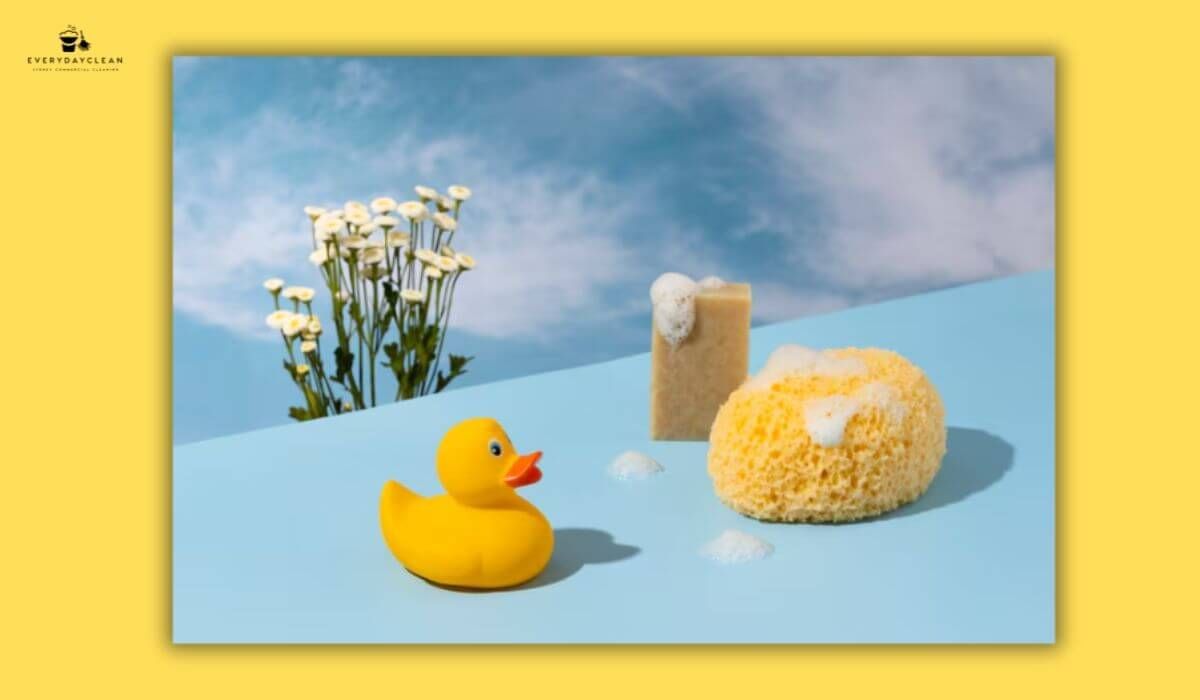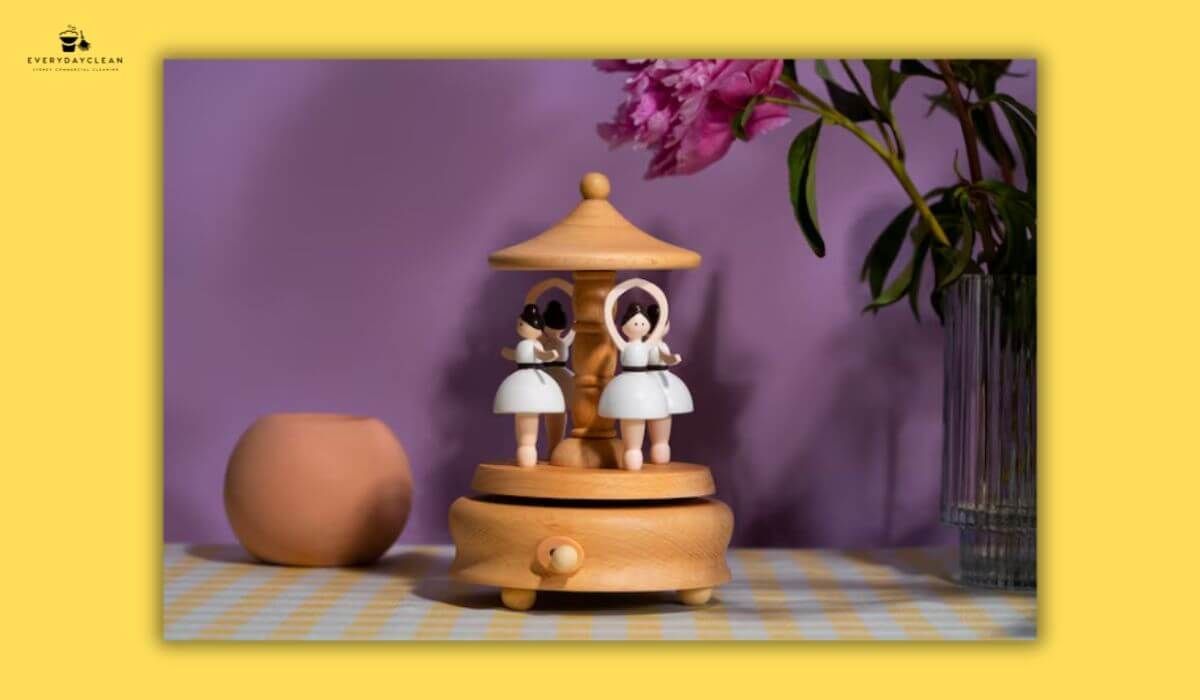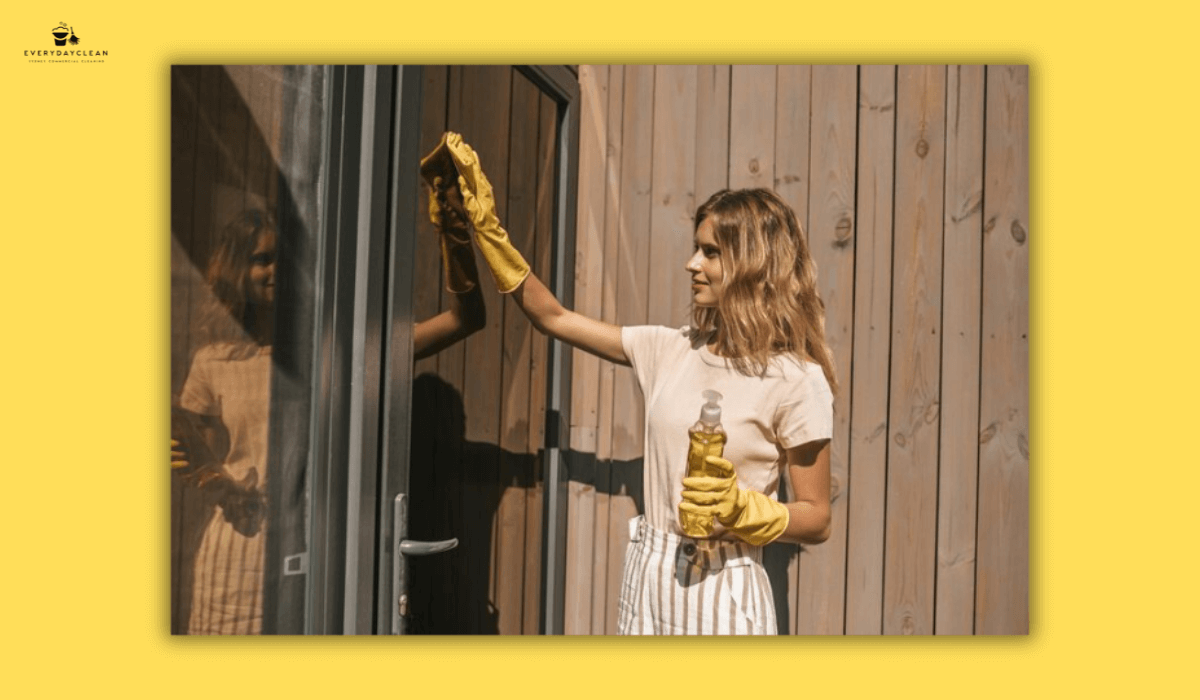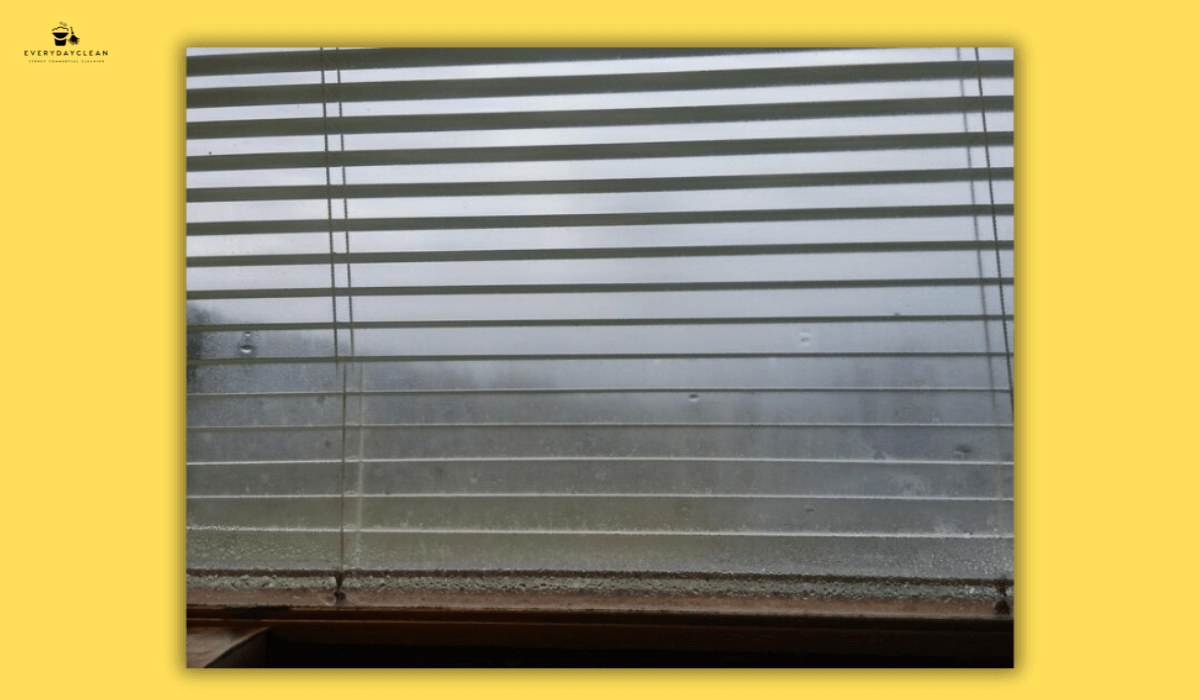Toy Cleaning in Childcare: 7 Proven Steps
Toy cleaning in childcare requires more than a quick rinse—it demands a structured, hygienic routine using warm soapy water, proper rinsing, and thorough air drying in well-ventilated or sunlit areas. High-risk items like mouthed or soiled toys should be separated daily for disinfection using child-safe cleaning agents with proper contact times. This systematic approach not only prevents the spread of germs but also supports a healthier, safer environment for children and staff across early learning centres.
7 Steps for Effective Toy Cleaning in Childcare
Implementing a consistent, risk-based toy cleaning routine is essential in childcare centres. The following step-by-step process reflects best practices used by professional childcare cleaning teams across Australia.
Step 1: Sort Toys Based on Risk
Begin by separating toys into categories according to risk levels. This initial step helps prioritise cleaning schedules:
- High-risk: Soft, frequently mouthed, or shared items such as plush toys and teething rings.
- Medium-risk: Hard-surfaced toys shared among children, like blocks and figurines.
- Low-risk: Individually used or infrequently handled toys.
This classification allows staff to plan the frequency and depth of cleaning needed.
Step 2: Pre-Clean with Warm Soapy Water
Before applying disinfectant, all toys must be washed with warm, soapy water. This removes saliva, dust, and debris that can render disinfectants ineffective if left in place. Focus on crevices and textured areas where grime may accumulate.
Step 3: Rinse Thoroughly
After washing, rinse each toy under clean, running water to eliminate any soap residue. Ensure that no suds or organic matter remain, especially in cracks or joints of hard plastic toys.
Step 4: Disinfect with Child-Safe Solutions
Select a disinfectant certified safe for childcare environments—GECA- or TGA-approved products are ideal. Apply according to the manufacturer’s instructions, paying special attention to contact time (the duration the surface remains visibly wet) to ensure effectiveness.
Step 5: Air Dry in Sunlight or a Ventilated Area
Allow toys to dry naturally. Sunlight adds a natural antimicrobial layer, but if unavailable, place the toys on drying racks in a well-ventilated room. Never store toys while damp, as moisture encourages mould growth, similar to what’s addressed in bathroom mould prevention protocols.
Step 6: Clean and Rotate Storage Bins
Storage hygiene is often overlooked. Clean storage bins weekly with disinfectant wipes or sprays and rotate liners. Use bins that are easy to clean and do not retain moisture.
Step 7: Maintain a Cleaning Log
Document each cleaning cycle to ensure compliance and visibility. Records should include:
- Date and time
- Type of toy
- Cleaning agent used
- Staff initials
This log is vital for passing audits and giving parents peace of mind.

Best Practices for Different Toy Materials
Different materials require tailored cleaning methods. Below is a cleaning-first overview of how to care for the most common toy types in early learning settings.
Plastic Toys
Plastic toys are durable and can often be washed in dishwashers or soaked. However, avoid submerging toys with batteries or electronics. For quick cleans, use disinfectant wipes.
Plush Toys
Wash soft toys in a washing machine on a gentle cycle using child-safe detergent. Dry completely, preferably in sunlight. Rotate plush toys frequently to allow deep cleaning between uses.
Wooden Toys
Wooden toys must never be submerged. Instead, wipe them with a damp cloth and natural cleaner (like vinegar-based solutions). Air dry immediately to prevent warping.
Cleaning Frequency Guidelines in Childcare Centres
Consistent scheduling ensures no toy is missed. The table below summarises how often each toy type should be cleaned based on exposure and use:
| Toy Type | Cleaning Frequency | Notes |
|---|---|---|
| Mouthed or soft toys | Daily | Clean immediately if soiled |
| Shared plastic toys | Daily to Weekly | Adjust based on the number of users |
| Wooden toys | Weekly | Never submerge |
| Outdoor play equipment | Weekly to Fortnightly | Use outdoor-safe disinfectants |
| Infant rattles/items | After each use | The highest risk group |

FAQs About Toy Cleaning in Childcare
Educators and cleaning staff often face unique challenges when maintaining hygiene in play environments. The following FAQs answer common concerns based on industry best practices and query trends.
How often should toys be cleaned in childcare?
Toys must be cleaned daily or more frequently, depending on use. Items that are mouthed, shared, or soiled require cleaning after each use. For less frequently handled toys, a weekly routine may suffice. Maintaining a cleaning log ensures accountability and helps centres meet compliance requirements.
What is the best disinfectant for cleaning toys in childcare?
The ideal disinfectant should be child-safe, biodegradable, and approved by GECA or TGA. Avoid harsh chemicals like bleach for everyday use. Opt for commercial-grade, non-toxic solutions with clear contact time instructions. Always follow up with rinsing and drying.
Can bleach be used to clean toys in childcare?
Bleach should only be used during outbreak scenarios or when explicitly recommended by health authorities. If used, ensure a 1:10 dilution ratio and rinse thoroughly. Avoid using it on plush or porous materials. Alternatives with fewer fumes and safer residue profiles are preferred.
How should toys be cleaned after a child is sick?
Immediately isolate toys used by sick children. Clean with soapy water, rinse, and then disinfect using a high-grade but child-safe solution. Pay attention to soft toys, which may require machine washing. Update the cleaning log with extra details for record-keeping and compliance.
Final Thoughts
Implementing a consistent, safe, and auditable approach to toy cleaning in childcare settings ensures a hygienic play environment, supports regulatory compliance, and protects the health of children and staff. From sorting and pre-cleaning to rotation and documentation, the 7-step checklist helps early learning centres operate at professional-grade standards.
For centres across Sydney looking to outsource hygiene services, Everyday Clean provides professional childcare cleaning solutions using GECA-certified products and early learning-specific protocols.
Author: Everyday Clean Content Team
Everyday Clean is Sydney’s trusted provider of commercial cleaning solutions, including pools, gyms, offices, and strata properties. Our licensed professionals use advanced, eco-friendly equipment to deliver safe, compliant, and spotless results. With deep experience across Sydney’s hospitality, fitness, and residential sectors, we help facilities maintain inviting, healthy environments that guests trust.


